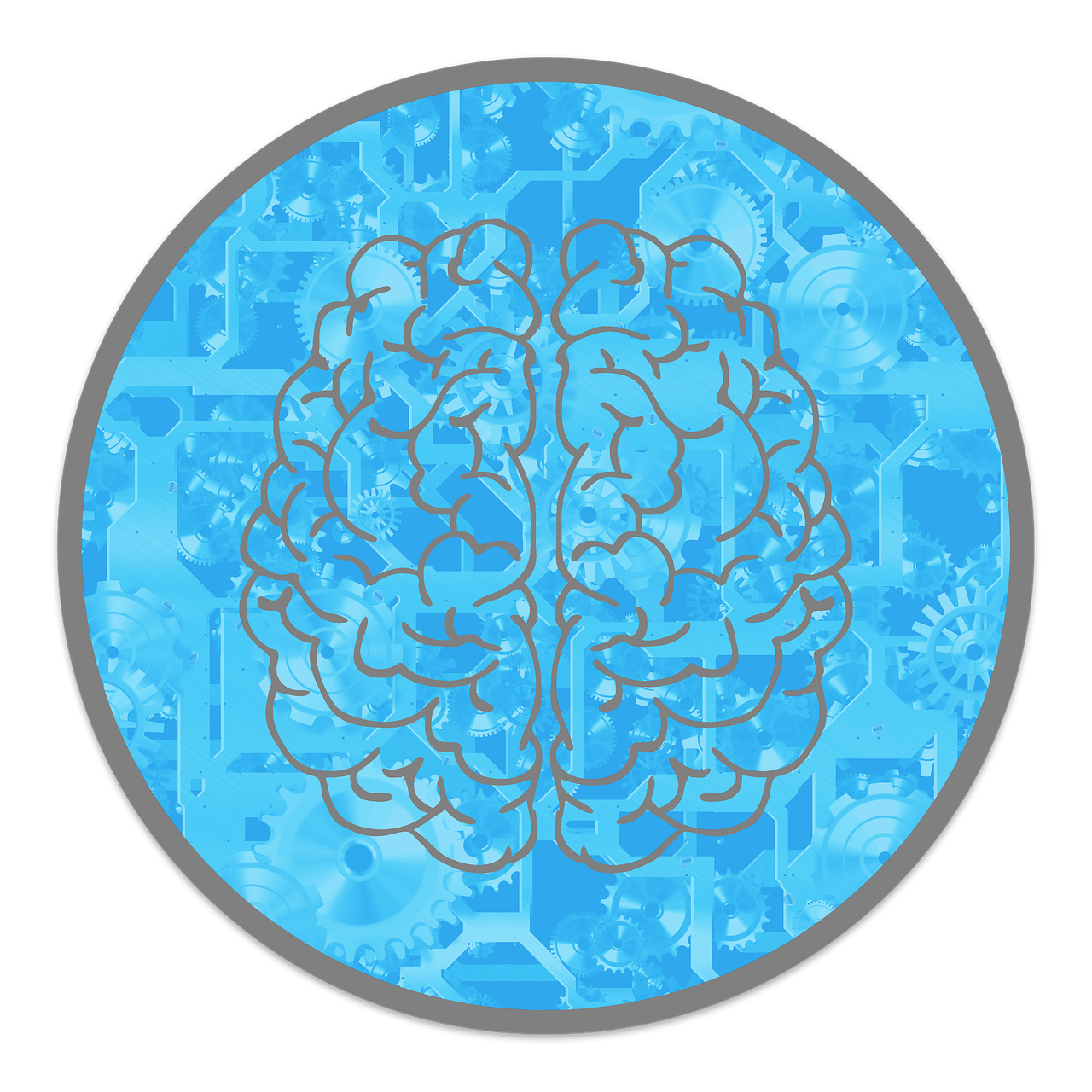
We make tons of decisions daily—everything from “oat milk or regular?” to “should I totally reboot my business?”
Problem is, no one taught us how to decide like pros.
So we wing it and pray. (Been there, done that.)
Good news: smart folks cooked up decision frameworks—think Avengers assembling, but for your brain.
Use the right one, skip the stress, and crush decisions like a boss.
Framework #1: The WRAP Method – Overcoming Decision Traps
Let’s be real: our brains are drama queens.
They love jumping to conclusions, clinging to bad ideas, and riding emotional rollercoasters.
That’s where the WRAP Method comes in—created by Chip and Dan Heath (aka the same guys who turned decision-making into something you actually want to read about in their book Decisive).
How WRAP works:
W – Widen your options
Stop asking “Should I do this or not?” That’s like choosing between pizza or sadness.
Instead, ask “What else could I do?” Research says when people think beyond just one extra option, their decisions improve big time.
R – Reality-test your assumptions
Don’t just gather data that makes you feel smart—look for stuff that could prove you wrong. (Yeah, uncomfortable but necessary.)
Ask, “What would have to be true for this to actually work?”
Bonus move: assign a friend to play devil’s advocate. You’ll be shocked how often they spot plot holes in your master plan.
A – Attain distance before deciding
Emotions are like toddlers: loud, irrational, and not great at life advice.
Use the 10-10-10 rule—how will you feel about this in 10 minutes, 10 months, 10 years? Or ask, “What would I tell my best friend if they were in my shoes?”
P – Prepare to be wrong
You might not nail it on the first try—and that’s okay.
Plan for the plot twist.
Set up tripwires (little alerts to say “hey, this isn’t working”) and build a plan B that won’t make future-you scream into a pillow.
When to use this:
- Big life moves (career changes, moving cities, breaking up with your job)
- Business decisions with high stakes
- Investments or financial choices
- Anything where your heart is yelling louder than your brain
Real-world example:
A marketing director wanted to launch a new product. Her gut said “Go for it!” but WRAP helped her chill.
She explored more options (hello, phased rollout), tested her assumptions with a mini pilot, and built backup plans.
Result? Less risk, more insight, and no 2 a.m. panic spirals.

Framework #2: The Eisenhower Matrix – Prioritizing What Matters Most
Let’s be honest—everything feels urgent these days.
Emails, Slack pings, calendar invites titled “Quick Sync” (that are never quick).
But President Dwight D. Eisenhower had a pro-level filter for this chaos:
What is important is seldom urgent, and what is urgent is seldom important.
Just because something’s loud doesn’t mean it matters.
That’s where the Eisenhower Matrix comes in—it’s like Marie Kondo for your to-do list.
The four quadrants:
Quadrant 1: Urgent and important (do first)
This is crisis mode: deadlines, emergencies, and “the site is down!” moments.
Handle these fast.
But also? Try not to live here—it’s exhausting.
Quadrant 2: Important but not urgent (Schedule)
This is where the magic happens.
Strategic thinking, learning new skills, building relationships, planning—basically, all the stuff Future You will high-five you for.
Quadrant 3: Urgent but not important (Delegate)
These are the things that scream for your attention but don’t move the needle.
Think: random meeting invites, “quick questions,” and fire drills that aren’t actually your fires.
If you can hand it off—do it. If not, practice your “no” muscle.
Quadrant 4: Neither urgent nor important (Eliminate)
This is the land of scrolling TikTok for “just five minutes,” binge-watching productivity hacks, and reorganizing your files instead of doing your actual job.
It feels productive, but it’s basically digital junk food. Cut it.
Implementation strategy:
- Start your week by brain-dumping your entire to-do list.
- Drop each task into a quadrant (no cheating).
- Aim to spend 65–70% of your time in Quadrant 2—that’s where long-term wins are made.
- Keep Quadrant 1 under control, delegate or delete Quadrant 3, and treat Quadrant 4 like the Bermuda Triangle.
When to use it:
- When your to-do list looks like a CVS receipt
- For weekly planning or deciding what actually matters
- When your calendar is full but your brain feels empty
- To stop being busy and start being effective
Measuring success:
Track where your time actually goes for a week (yes, even the doomscrolling).
Most average performers spend their days reacting to other people’s fires (Quadrants 1 & 3).
Top performers? They proactively camp out in Quadrant 2 like it’s a beachfront Airbnb.
Framework #3: Cost-Benefit Analysis Plus – Going Beyond Simple Math
Ah yes, the classic cost-benefit analysis—aka the “Is this worth it?” tool.
Great in theory, but the OG version is basically a numbers-only robot that forgets you’re a human with stress, feelings, and a limited number of brain cells.
That’s why we’re leveling up to Cost-Benefit Analysis Plus—it’s like the deluxe edition with all the bonus tracks.
The enhanced process:
Step 1: Identify all costs
Not just the money! Think bigger:
- Money – What are you spending?
- Time – How much of your life will this eat up?
- Stress & energy – Will it drain your soul?
- Opportunity cost – What are you giving up to do this?
- Risk – What could go wrong, and how bad would it be?
Step 2: Identify all benefits
It’s not just about profits. Look at:
- Direct gains – Revenue, savings, bonuses
- Strategic perks – Will this open doors later?
- Learning & growth – New skills, new people, better rep
- Risk reduction – Will it prevent future headaches?
Step 3: Assign weights and probabilities
Not all factors are created equal.
Assign weights to what matters most (your peace of mind may be worth more than a few extra bucks).
Add probabilities to the risky stuff.
Be realistic, not idealistic.
Step 4: Consider time horizons
Think about when the costs/benefits will hit.
Would you rather get $5K now or $10K in five years?
Use basic discounting (aka “sooner is sweeter”) and consider how things might change over time.
Step 5: Sensitivity analysis
This is your “what if everything changes?” moment.
If one tiny shift in your assumptions totally flips the outcome, you need more data—or a better crystal ball.
When to use this:
- Deciding if that big career move is worth it
- Choosing between two juicy business opportunities
- Debating a major purchase (new CRM or new espresso machine?)
- Allocating limited resources (aka: budget battles)
- Figuring out if “doing nothing” is actually the best option
Pro tips for implementation:
- Bring in at least two other brains to avoid blind spots
- Use ranges, not one “perfect guess” for uncertain stuff
- Always include the “do nothing” option—it’s more powerful than you think
- Know what’s reversible and what’s not—you want a clear exit if things go sideways

Framework #4: The Six Thinking Hats – Exploring Every Angle
Imagine if making a big decision was like starring in a one-person play where you wear six different hats—and each one gives you a fresh way to think.
That’s the Six Thinking Hats method, created by creativity guru Edward de Bono (basically the Beyoncé of lateral thinking).
The six perspectives:
White hat – Facts and information
Channel your inner data nerd.
Focus only on facts, figures, and what’s missing.
No gut feelings here—just “What do we actually know?” and “What info do we still need?”
Red hat – Emotions and feelings
This is your “no logic required” zone.
What’s your gut reaction? Any weird vibes?
Emotional reactions are valid—even if they don’t come with pie charts.
Black hat – Caution and critical thinking
What’s the worst that could happen? What are the risks?
This is your inner pessimist, and yes, it’s here to help.
Yellow hat – Optimism and benefits
Put on your optimist hat and ask: “What’s the upside?” What’s the best-case scenario? Why might this actually be a genius move?
Green Hat – Creativity and alternatives
Time to brainstorm.
What are the unexpected options? How else could we solve this? No idea is too out there—yes, even that one.
Blue hat – Process and control
This is the meta-hat. Keep the process on track.
Are we spending too long in Black Hat mode? Do we need to loop back and gather more facts? The Blue Hat runs the meeting (and brings snacks).
How to use it:
- Set a timer: Spend 5–10 minutes per hat.
- Solo? Walk yourself through each hat like mental stations.
- Team setting? Either assign each person a hat or have everyone wear the same one at the same time (it’s less chaotic that way).
- Pro move: Start and end with the Blue Hat to keep things organized.
When to use this:
- Big, messy team decisions where opinions clash faster than in a “Real Housewives” reunion
- Creative problems with no clear answer
- Decisions where emotions and logic are duking it out
- Moments when everyone’s stuck in overthinking mode and you need structured clarity
Why it works:
It makes sure every perspective—data, feelings, creativity, risk, optimism, and process—is heard on purpose instead of all at once in a messy brain soup.
Plus, it stops that one super-negative (or overly hype) person from hijacking the convo.
Framework #5: The OODA Loop – Rapid Decision-Making in Dynamic Situations
Originally cooked up by military strategist (and fighter jet genius) John Boyd, the OODA Loop is basically the decision-making ninja move for chaotic situations.
Think fast-changing markets, crisis moments, or startup life where the plan changes between lunch and dinner.
The four stages:
Observe – Gather current information
Get all the facts. Don’t overthink. Don’t interpret. Just gather the signals.
What’s changed? What’s new? What’s weird?
Orient – Analyze and synthesize
Connect the dots using your experience, instincts, and mental models.
Think of this as the “How does this fit into the big picture?” moment.
Context is king here.
Decide – Determine course of action
You’ve seen the situation, you’ve sized it up—now make the call.
What’s the next best step right now? Doesn’t have to be perfect—just solid and fast.
Act – Implement your decision
Execute with confidence. Then loop back to Observe.
The faster and tighter you move through the cycle, the more you stay ahead of the game.
Why it’s a game-changer:
The magic of OODA is speed.
Not rushed chaos—but informed speed.
When you run this loop faster than the other guy (or the market, or the chaos monster), you shape the game instead of playing catch-up.
It’s like having the TV remote and knowing the plot twists before they hit.
Use this when:
- You’re leading in a cutthroat industry (looking at you, tech founders)
- Crisis hits and you need to make smart moves fast
- Your sales game or negotiations feel like chess at 3x speed
- You’re managing a team or product in agile mode
- Basically any situation where “wait and see” = “get left behind”
Implementation tips:
- Keep your loops short and snappy—think hours, not weeks
- Don’t aim for perfect—go for “good enough to act”
- Set up feedback loops so you know instantly if something’s off
- Train your brain: Build pattern recognition so Orient gets faster
- Practice when stakes are low, so you’re cool when it’s high-pressure
Real-world application:
A startup founder used OODA like a boss during product development.
Weekly user feedback (Observe), pattern spotting (Orient), small feature pivots (Decide), and fast releases (Act) let her outrun competitors who were still stuck in “strategic planning mode.”

Choosing the Right Framework for Your Decision
Here’s a clean, easy-to-digest table to help you pick the right decision-making framework based on your situation:
| Framework |
Best Used When… |
| WRAP Method |
– The decision is high-stakes and irreversible
– You’re emotionally attached to one option – There’s strong disagreement among stakeholders – There’s a lot of uncertainty |
| Eisenhower Matrix |
– You’re juggling too many priorities
– You need to manage time and energy wisely – You’re in a leadership role – You want to boost focus and productivity |
| Enhanced Cost-Benefit |
– Money is on the line
– You need to explain your logic to a boss, board, or investor – You’re comparing similar options with pros/cons – The decision involves numbers, risk, or trade-offs |
| Six Thinking Hats |
– You’re working with a team that sees things differently
– The usual methods aren’t cutting it – You need fresh, creative solutions – Groupthink is slowing progress
|
| OODA Loop |
– Things are moving fast
– You’re navigating chaos or competition
– You need to make rapid-fire decisions
– Mistakes are okay as long as you learn fast
|
Taking Action: Your Next Steps
Want to win at life without becoming a mind-reading wizard? Just make better decisions.
Seriously, that’s the secret sauce.
Smart decisions stack up like compound interest—but for your goals, career, and sanity.
You don’t have to be perfect—just consistent. That’s how the pros do it.


